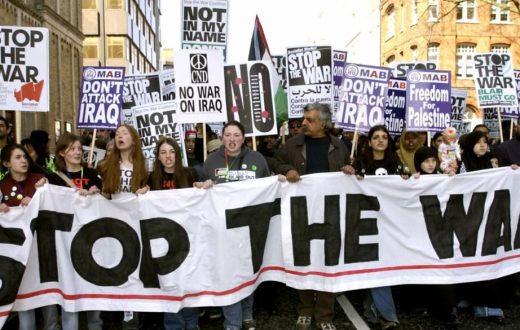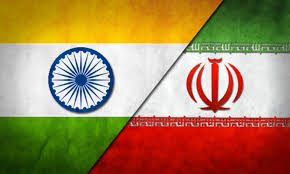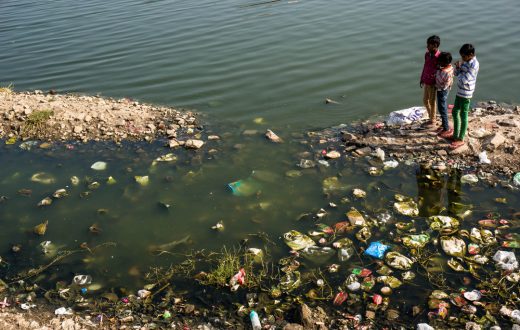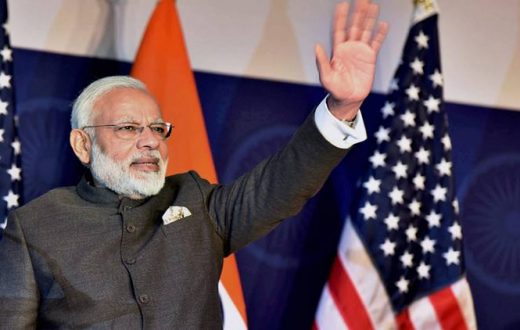On 26th of July a significant event unfolded in Pakistan, perhaps one of the most politically volatile countries in South Asia. Imran Khan emerged victorious amid the allegations of pre-poll rigging by Pakistan’s military establishment. Later in the evening, in a televised address, Imran Khan expressed his intent to improve the bilateral relationship between India and Pakistan, he also mentioned that Kashmir remains the bone of contention between two countries. However sincere he may be in trying to improve bilateral relations with India, history stands testimony to that fact that Foreign policy of Pakistan remains the monopoly of its Military establishment which might want to keep the pot boiling.
On same day in 1999, India retrieved the strategic heights of Kargil that were captured by Pakistan Army regulars disguised as mercenaries. An understanding of political events which led to a military conflict between India and Pakistan would be able to give reader an understanding as of who calls the shot regarding Pakistan’s involvement with India. Towards the end of twentieth century, both India and Pakistan had tested nuclear weapons which resulted in an outrage from the global community. Of late, Atal Bihari Vajpayee and Nawaz Sharif, Prime Ministers of India and Pakistan respectively, decided to put an end to the speculations of a nuclear conflict by indulging in a bilateral dialogue. Mr Vajpayee undertook a groundbreaking bus journey from Delhi to Lahore to sign the famous “Lahore Declaration” on 21 February 1999 and reinstate the “Simla Agreement” of 1971 in letter and spirit. The Lahore Declaration was aimed at easing the tension between two countries.Under the terms of the treaty, a mutual understanding was reached towards the development of atomic arsenals and to avoid accidental and unauthorised operational use of nuclear weapons.
When the Lahore Summit was being planned, Pakistan’s Military had already outlined the nitty-gritty of ‘Operation Badr’ which, broadly put, was aimed to capture the ‘winter vacated posts’ along the strategically important NH1-A of India which connects Srinagar to Leh. Their objective was to thwart the movement of Indian troops towards Leh and subsequently seize the Siachen glacier, which Pakistan likes to call a “low-lying fruit”. ‘Operation Badr’ was materialised in May 1999 under the command of Major General Javed Hasan, Force Commander Northern Areas(FCNA). Whether Mr Nawaz Sharif was kept aloof of the above-mentioned developments still remains unclear. Either way, it was established that the elected representatives in Pakistan have no say in the foreign policy. In response to Pakistan Army’s misadventure, India launched ‘Operation Vijay’ aimed to regain the Kargil heights with a clear operational mandate to not cross the Line of Control (LoC), however grim the circumstances may be. After nearly two months of intensive military involvement, India evicted Pakistanis from Kargil.
More recently, in yet another unprecedented effort by India to establish peace with Pakistan, Indian Prime Minister Narendra Modi visited Lahore on his way back from Kabul on 25 December 2015. He visited the farm house of the then Prime Minister of Pakistan Nawaz Sharif in Raiwind and both leaders reiterated their sincere resolve to put an end to all disputes including Kashmir through ‘comprehensive bilateral dialogue’ – a phrase deviced by Pakistan’s government itself. However, seven days after Mr Modi’s Lahore visit, a group of heavily armed militants, belonging to Pakistan-based terror groups United Jihad Council and Jaish-E-Mohammad, aided and abetted by Pakistan Army crossed over the International Border(IB) and attacked the Indian Air Force base in Pathankot. The attack was perpetrated in response to the peace effort by Prime Ministers of India and Pakistan. Mr Sharif was perceived to be a ‘dove’ by Pakistan Army and it has largely been the reason why they played Imran Khan against him.
Now that Mr Imran Khan is set to form the Government in Pakistan, it is pertinent to look at his political background. Early in his political career, he was accused of being a person of ‘westernised’ thought by opposition parties in Pakistan, his ex-wife’s Anglo-Jewish identity did not go very with Pakistan’s orthodox society. After a plethora of political upheavals, Mr Khan matured into an ultra-conservative right-wing politician who was even dubbed as ‘Taliban Khan’ for having praised the Taliban. He supported the blasphemy law and vowed to establish an ‘Islamic welfare state’ on the lines of Medina.
Conclusion
It has now been established that Mr Imran Khan has been backed by Pakistan’s Military because of his ideology is more in sync with theirs. Whether he would toe the line of General Headquarters, Rawalpindi to go ahead with the peace process with India seems improbable. Since Pakistan’s inception, no elected Head of Government has been able to complete full term in the office. Imran Khan may want to break the jinx but for that he may have to comply with Pakistan’s all-powerful Generals.
Shashwat Vats, a History student based in India, is an observer of South Asian geopolitics, International Relations and Diplomatic affairs.







